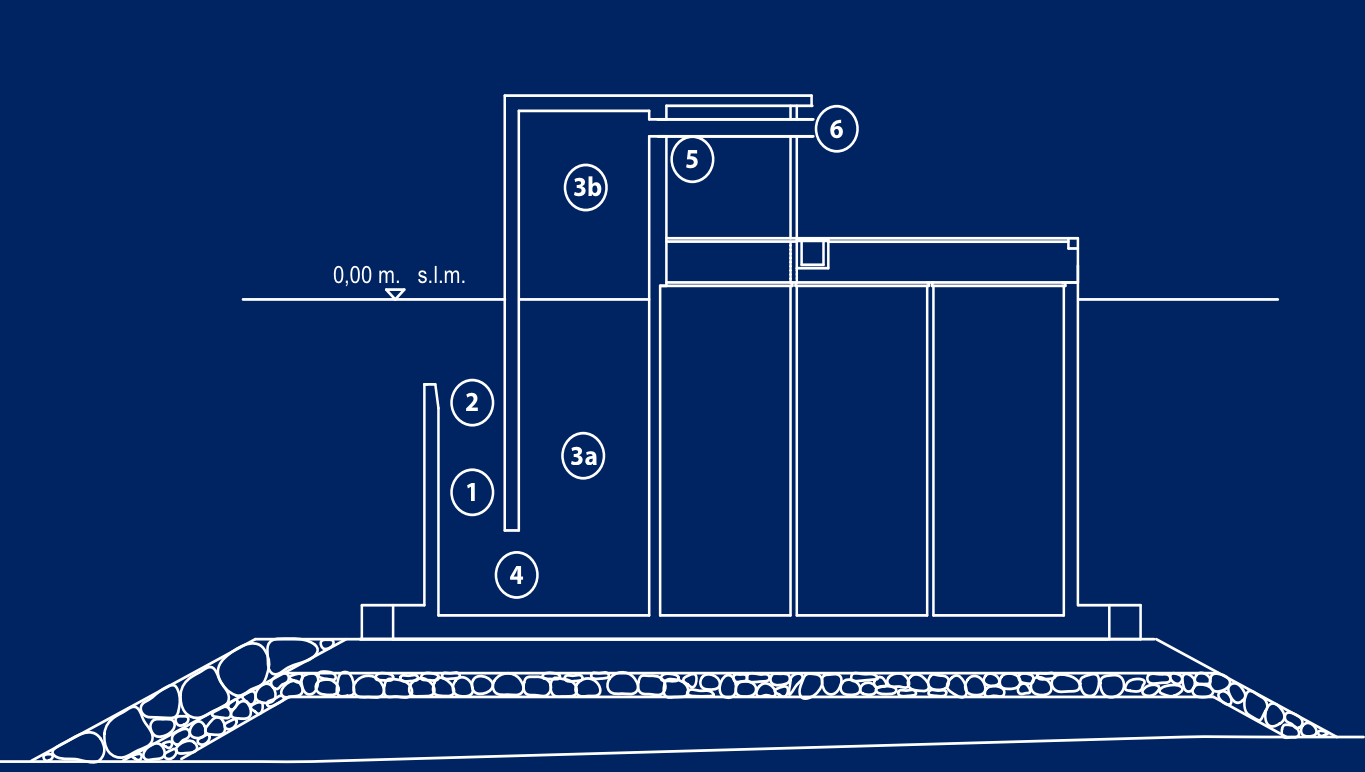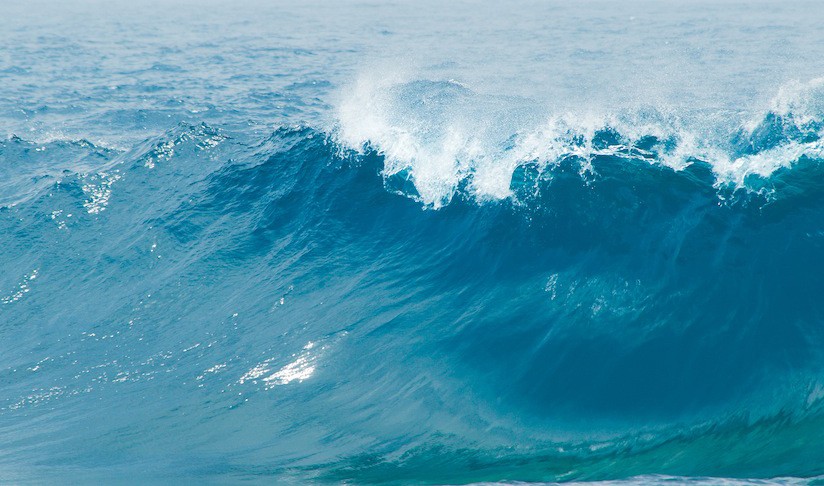The idea of harnessing the force of the seas for energy generation is not a new one. The main challenge lies in developing efficient energy conversion systems that keep costs low whilst barely impacting the environment. A highly promising project termed REWEC3 has emerged in this regard in Italy.
The Resonant Wave Energy Converter (REWEC3) is an advanced technology that produces electrical power from the energy of the sea’s waves. The first instance of this type has been successfully constructed at the port of Civitavecchia. Its functional principle is based on Oscillating Water Column (OWC) systems.
OWCs exhibit great potential as a renewable energy source of low environmental impact. When water levels around and within an OWC rise, air is displaced inside a collecting chamber by this water motion and then driven back and forth through a Power-Take-Off (PTO) system. The PTO system in turn converts this air movement into energy. Amongst the models that convert air motion into electricity, the PTO system takes the form of a bidirectional turbine. This ensures that, regardless of airflow orientation, the turbine always rotates in the same direction, thus providing for continuous energy.
The REWEC3 system in Civitavecchia arose from a research project at the Mediterranea University of Reggio Calabria and is operated today by the Wavenergy.it enterprise. The installation essentially consists of a reinforced caisson made of concrete. This caisson has a vertical shaft on its wave-facing side (1), which, through an opening (2) to the sea, on the one side, as well as by a deeper-sitting opening (4), is connected to an inner chamber (3) on the other side. This inner chamber contains water in its lower section (3a) and an air pocket within its upper reaches (3b). An air duct (5) connects this air pocket to the ambient air through a self-rectifying turbine (6). Wave movements create pressure changes at the entrance to the vertical shaft (2). The water inside the shaft thus rises and falls within the shaft interior (1). In this way, the air pocket in the shaft’s upper section compresses or expands. Airflows within the air duct (5) then drive the self-rectifying turbine (6).

The principle of REWEC3 installations thus exploits wave movements in the sea for power generation. The air within the air chamber is alternately compressed (by wave peaks) and decompressed (by wave troughs) so that an alternating airflow is created inside a duct which in turn drives a self-rectifying turbine. The electrical energy is subsequently produced by a coaxial generator.
The advantages of REWEC3 installations in power generation speak for themselves:
- They do not impinge visually upon the landscape, since they are barely detectable from the outside.
- They absorb the effects of waves and moderate the impact of storms on the coastline.
- Marine fauna are not endangered due to the elevated position of the turbines.
- An installation of one kilometer in length can produce 8,000 MWh annually.
A system such as the REWEC3 obviously requires a reliable and rapid monitoring of pressure differences arising from impacting waves. Following extensive tests, the researchers at the Mediterranea University opted for the highly precise ATM.1ST/N level sensors from STS. Crucial to this decision in favor of ATM.1ST/N pressure transmitters were the very short response times of < 1ms / 10 … 90% FS, as well as their very good long-term stability across a wide temperature range. Additionally, the fact that measuring instruments from STS, thanks to their modular construction, can be easily adapted to various requirements also spoke loudly. The ATM.1ST/N level sensors deployed can even be readily configured for use with the data loggers from National Instruments.
Image Source: Wavenergy.it
